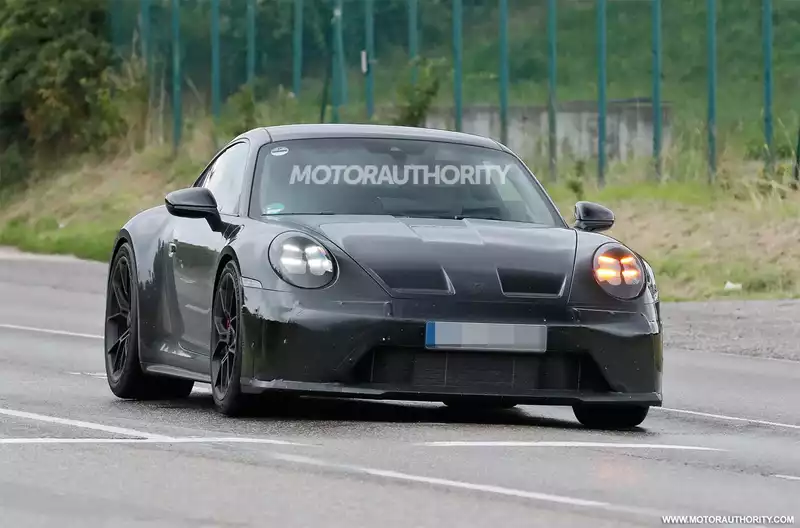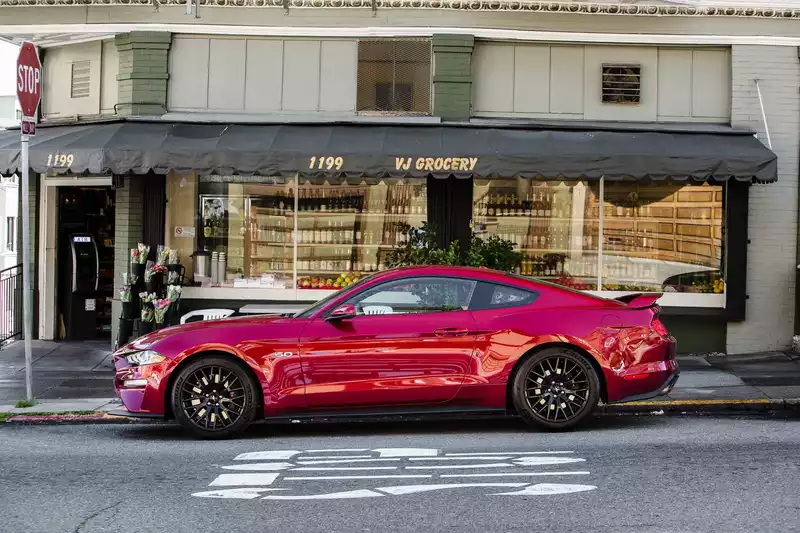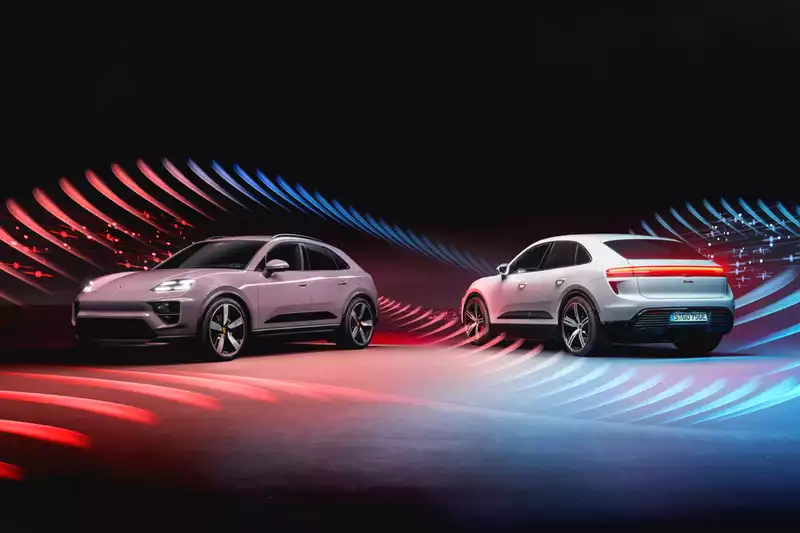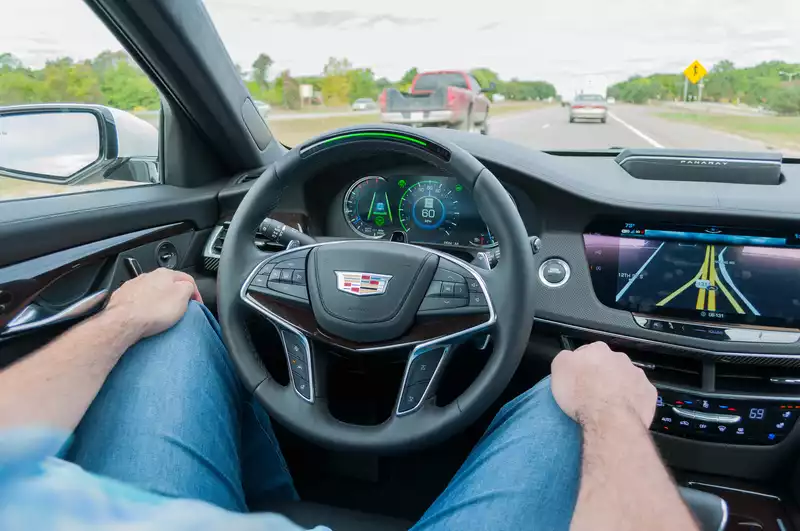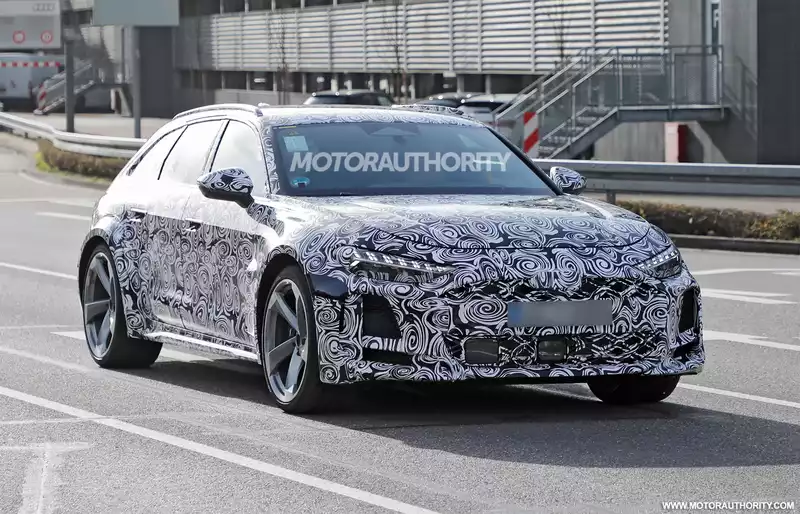The first cars had no steering wheels, but now they have capacitive touch sensors on the steering wheel
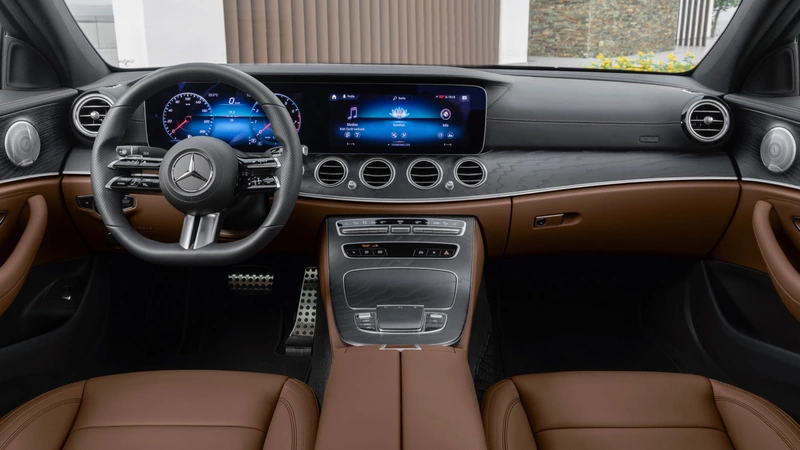
Modern steering wheels do more than just control the direction in which the car is going. It has many buttons that drivers use to make phone calls or change radio stations. But as we will learn, the first cars did not even have steering wheels.
The 1886 Mercedes-Benz patent motorwagen, generally considered the first true automobile, used a tiller instead of a steering wheel. Many other early automobiles followed Benz's lead.
The steering wheel was introduced in 1894, when French engineer Alfred Vacheron was trying to gain an advantage in the Paris-Rouen race that year. He installed a steering wheel on his Panhar et Levasseur, believing that a steering wheel would allow him to control the car more precisely. Vacheron did not win the race, finishing 11th, but the steering wheel was here to stay.
Daimler adopted the steering wheel at Phoenix in 1900. Like modern automobiles, early 20th century cars were equipped with steering wheels, but instead of infotainment features, they controlled things like ignition timing.
The steering wheel changed its appearance over the next few decades, gaining and losing horn rings and adding power assist and airbags. Chevrolet designers fitted a square wheel to the mid-engine C8 Corvette, and Infiniti adopted a steer-by-wire system with no physical connection between the steering wheel and the road surface.
Mercedes began adding buttons to the steering wheel in 1975 when cruise control became standard on the 450 SEL 6.9 sedan. This debuted in 1998 as part of the first generation COMAND infotainment system in the W220 S-Class.
Mercedes added a small touchpad to the steering wheel of the 2016 E-Class, and is going further with a refresh of the mid-size car for the 2021 model year. two-zone sensor mats detect whether the steering wheel is being held, and advanced monitors are a necessity in the age of driver aids. Touchpads are now capacitive, like those on smartphones.
The much-discussed arrival of autonomous driving may mean the demise of the steering wheel, but for now, the steering wheel is valuable dashboard real estate for automakers seeking to integrate complex technological functions.
